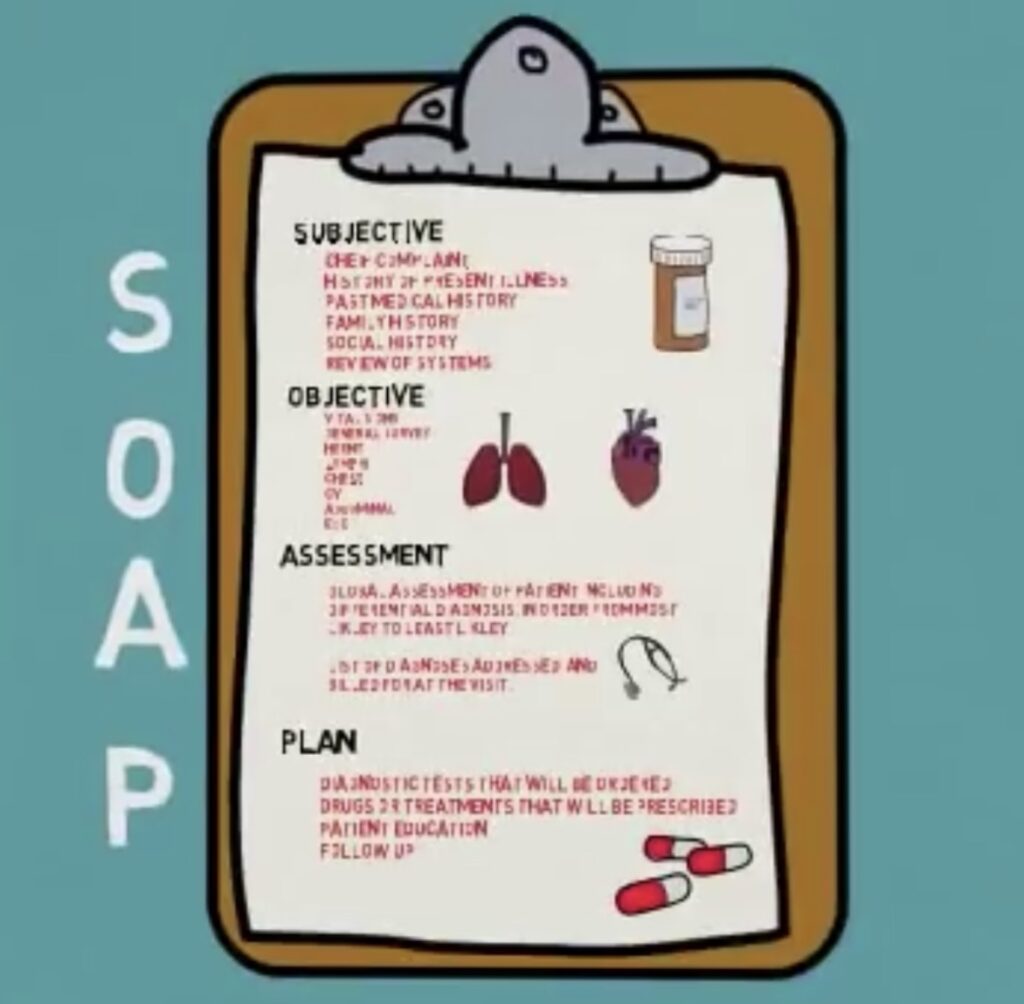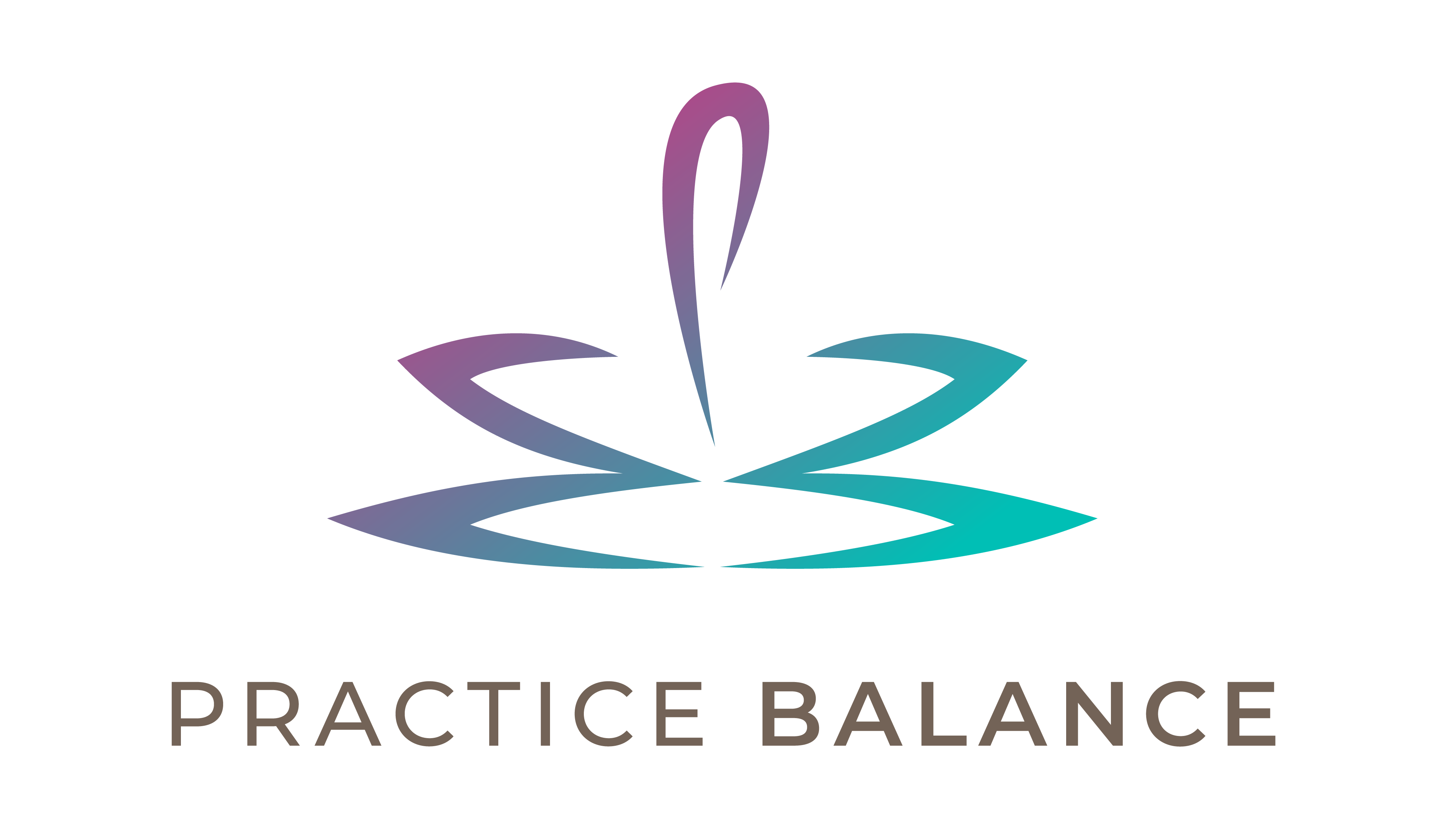You have a story in your head of what’s happening around you, but did you ever stop to consider that your story and what is ACTUALLY happening might not be the same?
“My computer’s SO SLOW! What is going on? Can you help me fix this real quick?”
“Don’t talk to me until you at least turn it off and back on again.”
(A few minutes later) “That didn’t solve the problem.”
(Audible sigh) “Try to solve your own problems.”
“But I’ve tried!”
(More sighs)… etc.
A version of this conversation has happened frequently between me and my husband, pretty much any time I have a technical issue with an electronic device. I used to get SO upset about the way he responded. Here are some of the thoughts that can swirl in my head:
- I suck at fixing things.
- I’ve never been handy.
- It’s his job to fix mechanical and electrical stuff.
- He’s not being helpful.
- He’s lecturing me.
- He doesn’t understand.
- He just wants to see me suffer.
- I’m too busy for this bullsh*t.
You Are Not Your Thoughts
A huge component of coaching, whether it’s executive coaching, life coaching, health, money, relationship or otherwise coaching, is helping people to understand that their thoughts are not necessarily truths. In fact, our thoughts can hold us back from learning and growing. When people are stuck and can’t figure out a way to progress, examining key thoughts and teasing out what is really true vs. what’s in their head can be the thing that finally disrupts the inertia.
Of my thoughts listed above regarding my computer problem, NONE of them are actual truths. I’ve chosen to believe them, and not only have they caused strife in my marriage due to my own resistance and negative responses, they also hold me back from actually learning how to fix my own computer with confidence.

Thought Models
The good news is that we absolutely have control over our thoughts and feelings. The key to changing unuseful thoughts is identifying them and analyzing them. There are many models for examining thoughts in the psychology and coaching literature, and two of my favorites are Brooke Castillo’s and Byron Katie’s. I respect the work of both these women immensely and have utilized their closely-related thought models myself. But in my opinion, the order of Brooke’s model can be counterintuitive, and Katie’s sometimes feels limited in its applicability. I’ve used concepts from both of these to come up with my own way of teaching thought work to anyone, but especially doctors.
The SOAP Note
In medical school, we learned to write patient progress notes using an easy to remember acronym as an outline: SOAP. SOAP stands for Subjective, Objective, Assessment, and Plan. As you would expect by the term, the Subjective section houses subjective findings – the patient’s self-described symptoms and situation. The Objective section includes facts, numbers, and data – vital signs, laboratory work, physical examination details. The Assessment is typically a summary statement of the problem based on synthesizing the subjective and objective information at hand. This includes one or more diagnoses, along with possible diagnoses. The Plan describes the action items to take related to the assessment.

Not only is the SOAP note used for medical patient care, it’s also described for use by psychologists in therapy sessions. Here’s how I adapted SOAP to be used in my coaching sessions, and you can use it as a journal outline for examining your own thoughts.
Subjective: This is the thought itself. For example, you may be behind on your work duties and have the thought, “I have too much work to do.” Note that this is not necessarily a fact. From some people’s perspectives, you might be spoiled with free time; others might agree that you’re inundated with projects.
Objective: As with interviewing patients, it’s important to distinguish the subjective information from the objective facts. Objective translates to universally undisputed, even if it’s stripped down to bare bones. No opinions allowed. Can you see how the thought above might not be true? Maybe your idea of “too much work” is not someone else’s. You can’t even turn this into a factual statement by saying, “My work is busy right now.” Still subjective. An example of a fact related to the above thought would be, “I have a job.”
Assessment: What are you feeling and/or doing related to this thought? It’s tempting to list something like, “I’m feeling like I shouldn’t have this much to do.” But that is not really a feeling. For a list of feelings, check out this one. In keeping with my work example, an assessment would be, “I’m feeling overwhelmed, which is causing me to procrastinate and numb my feeling by binge-watching Netflix.”
Plan: How do you want to feel instead, and what can you do to get there? In keeping with the example here, the plan section would be, “I want to feel confident and organized. I will delegate project A and B, and I will start a habit of working for 30 minutes before I turn on the TV.”

This approach is, at its core, very similar to the popular thought models I listed above, but different people resonate with slightly different delivery methods for essentially the same information. So with the SOAP note, I offer you another alternative way of looking at your thoughts.
What do you think? Does this model resonate with you? Try it and let me know how it works for you by leaving a comment below.
(A version of this post appeared on the website Doctors on Social Media. You can find the updated article here.)



 Balanced Interview: Physician in Numbers
Balanced Interview: Physician in Numbers

[…] Blog Post Excerpt from the Practice Balance. […]